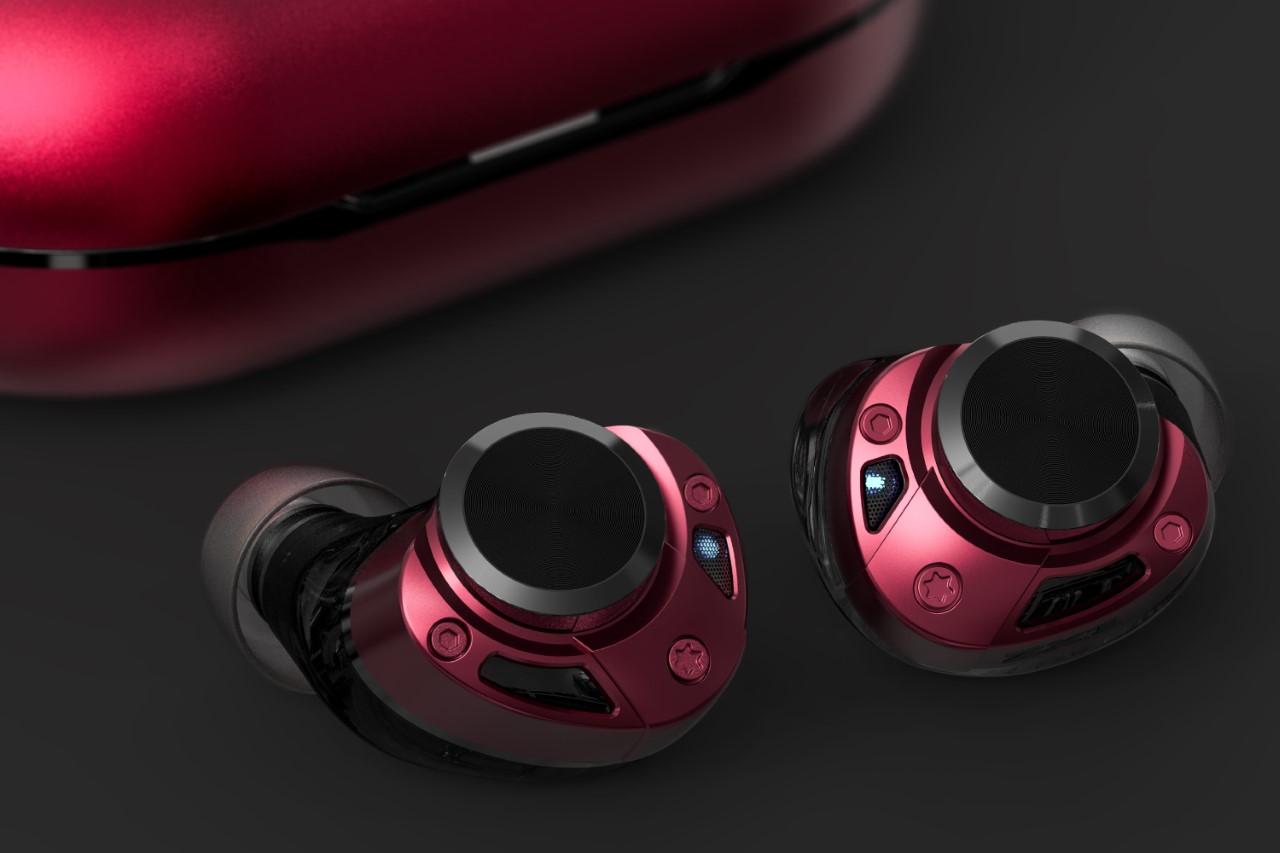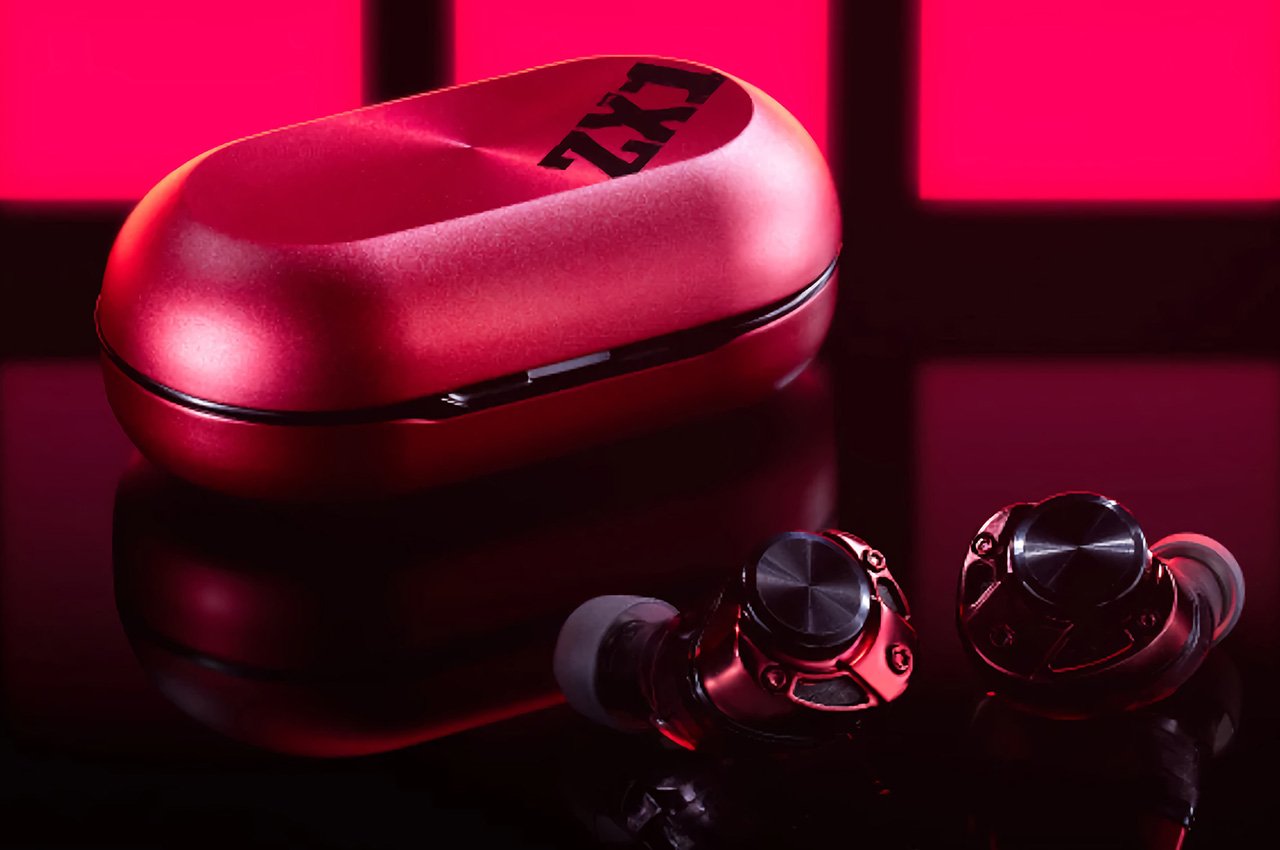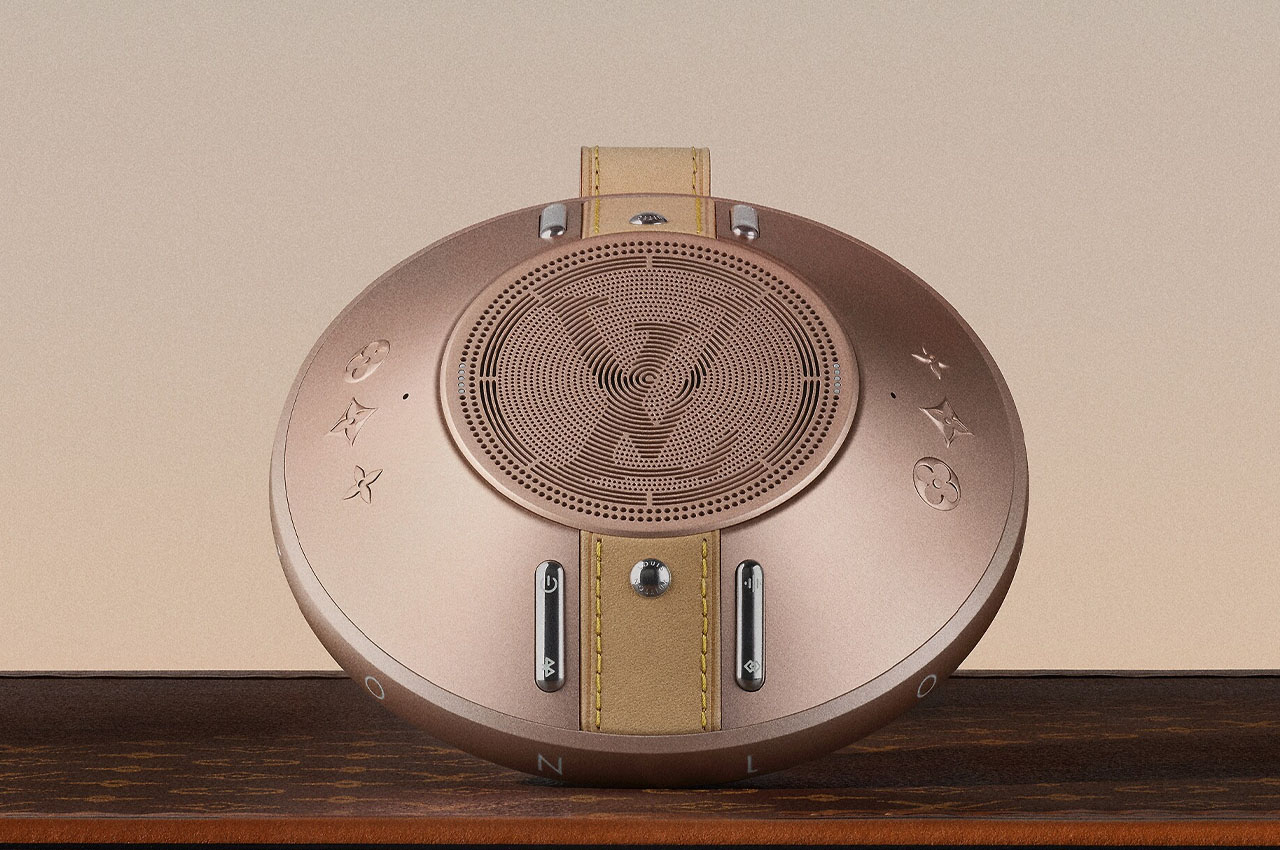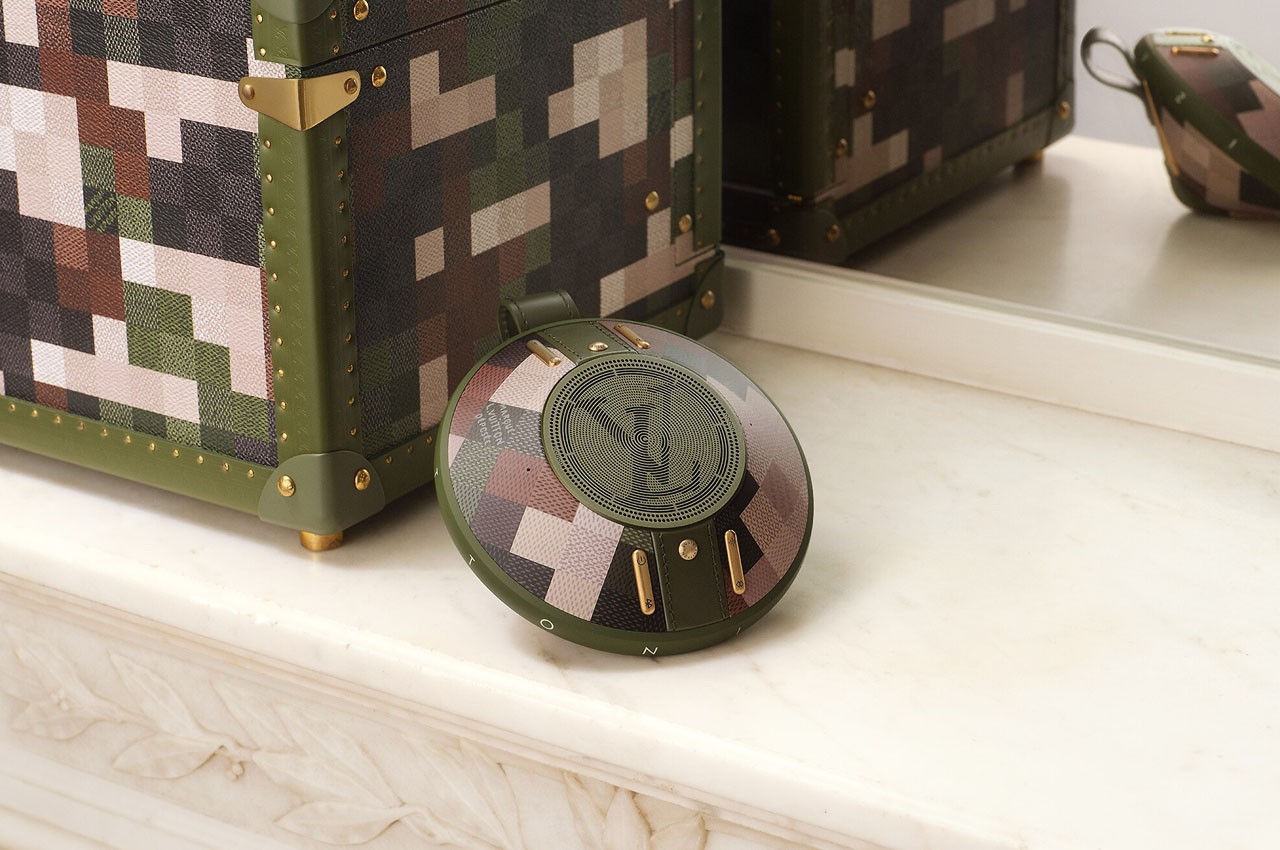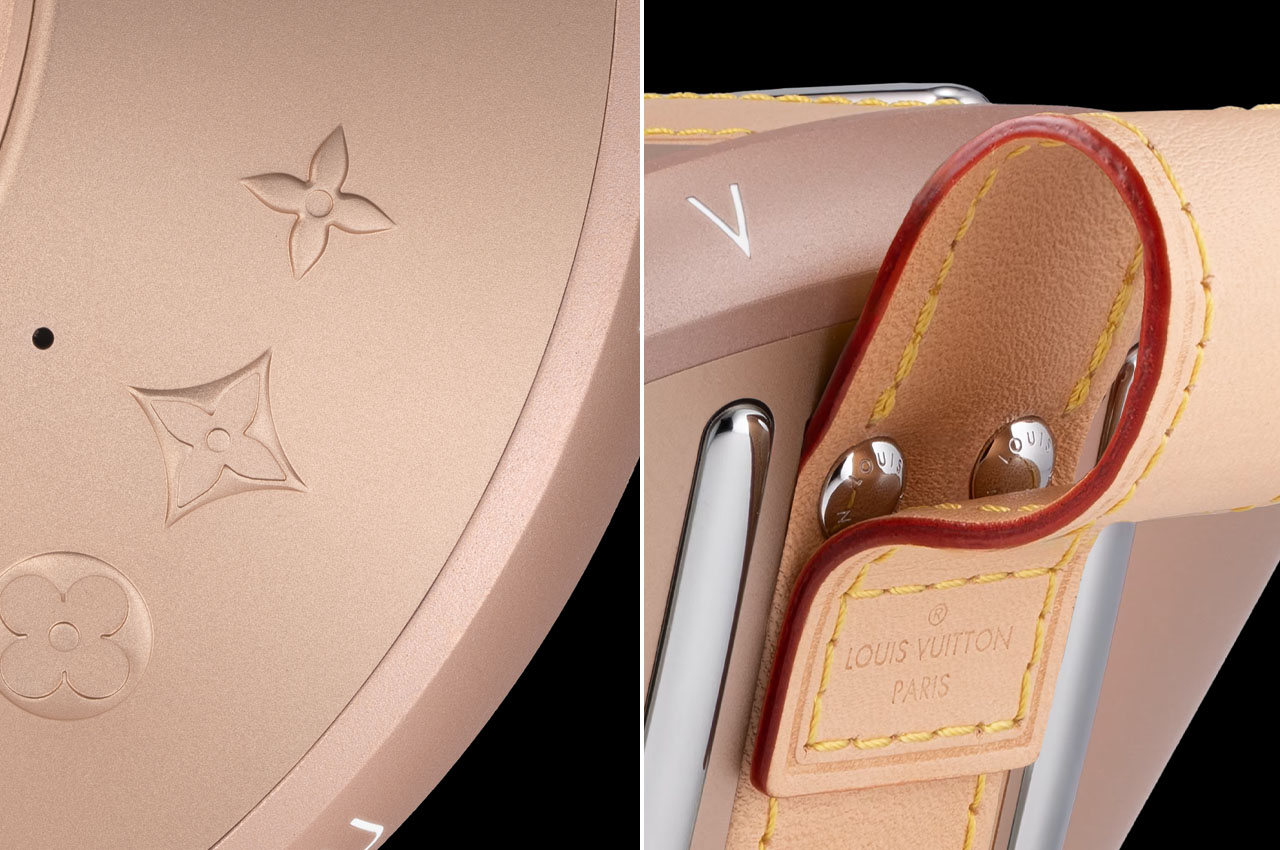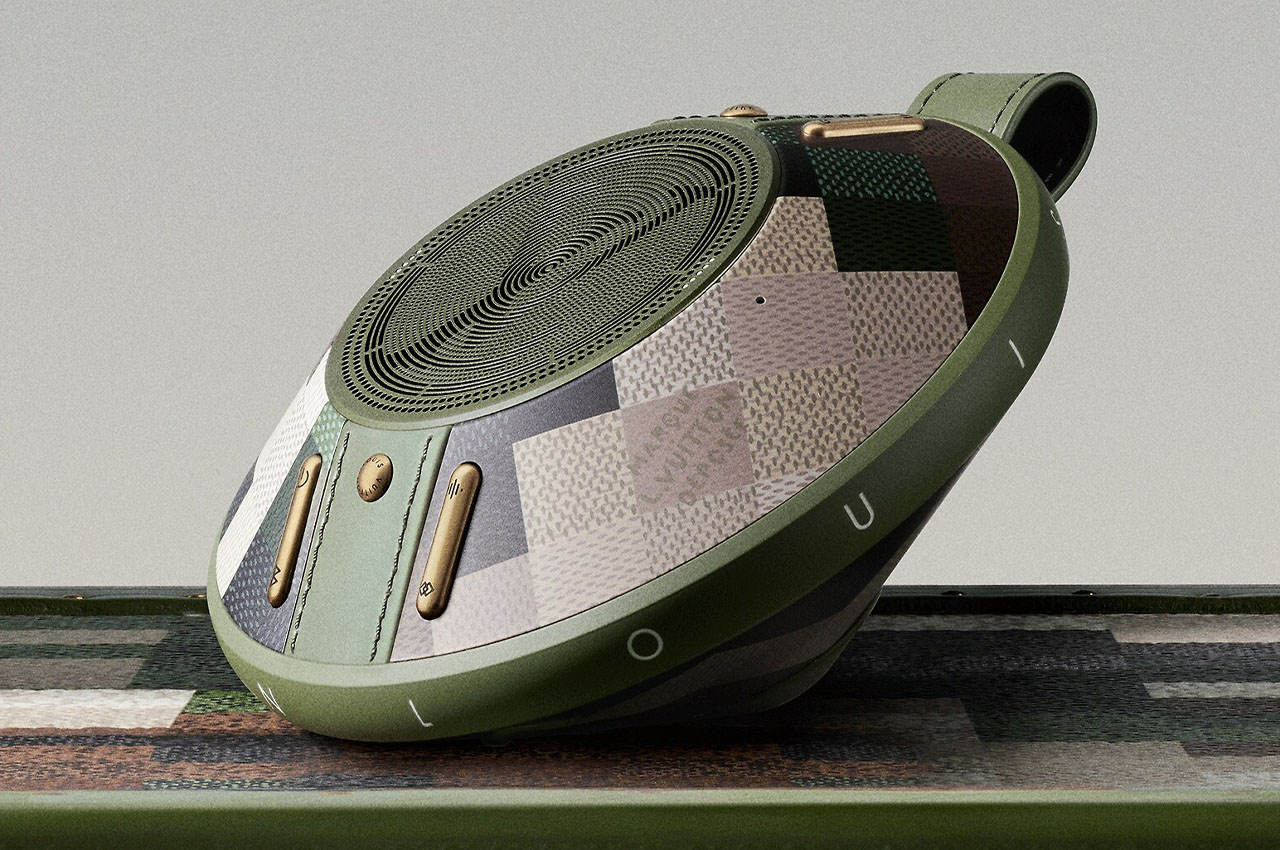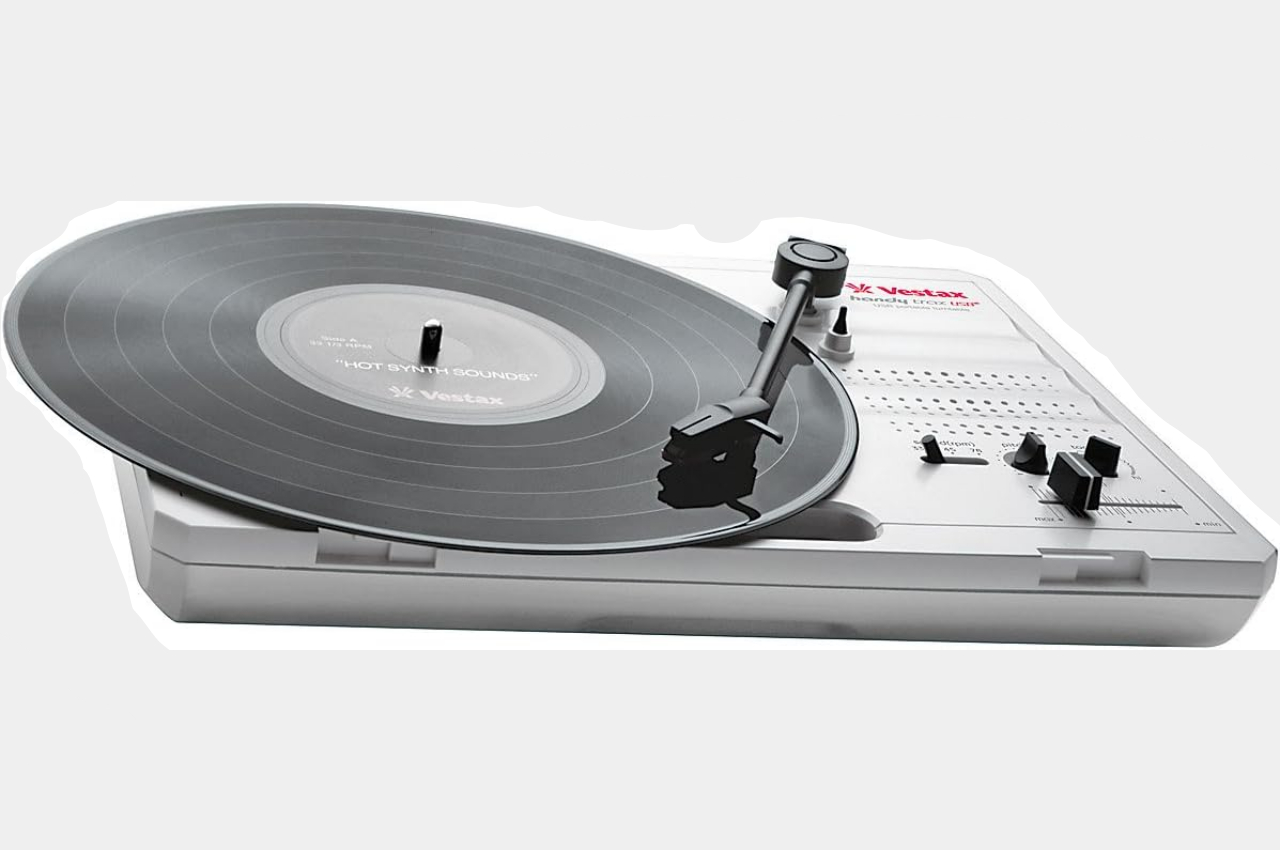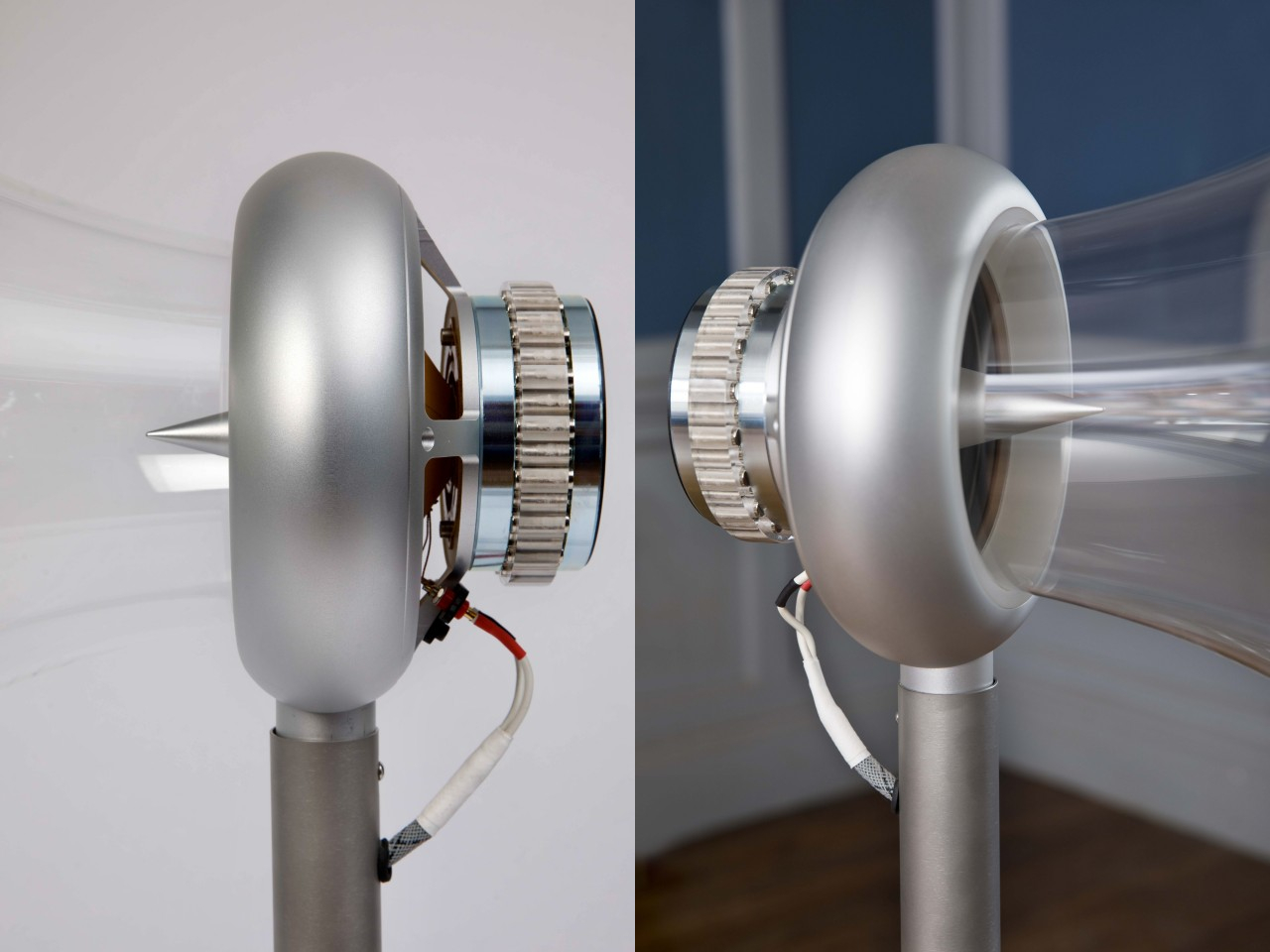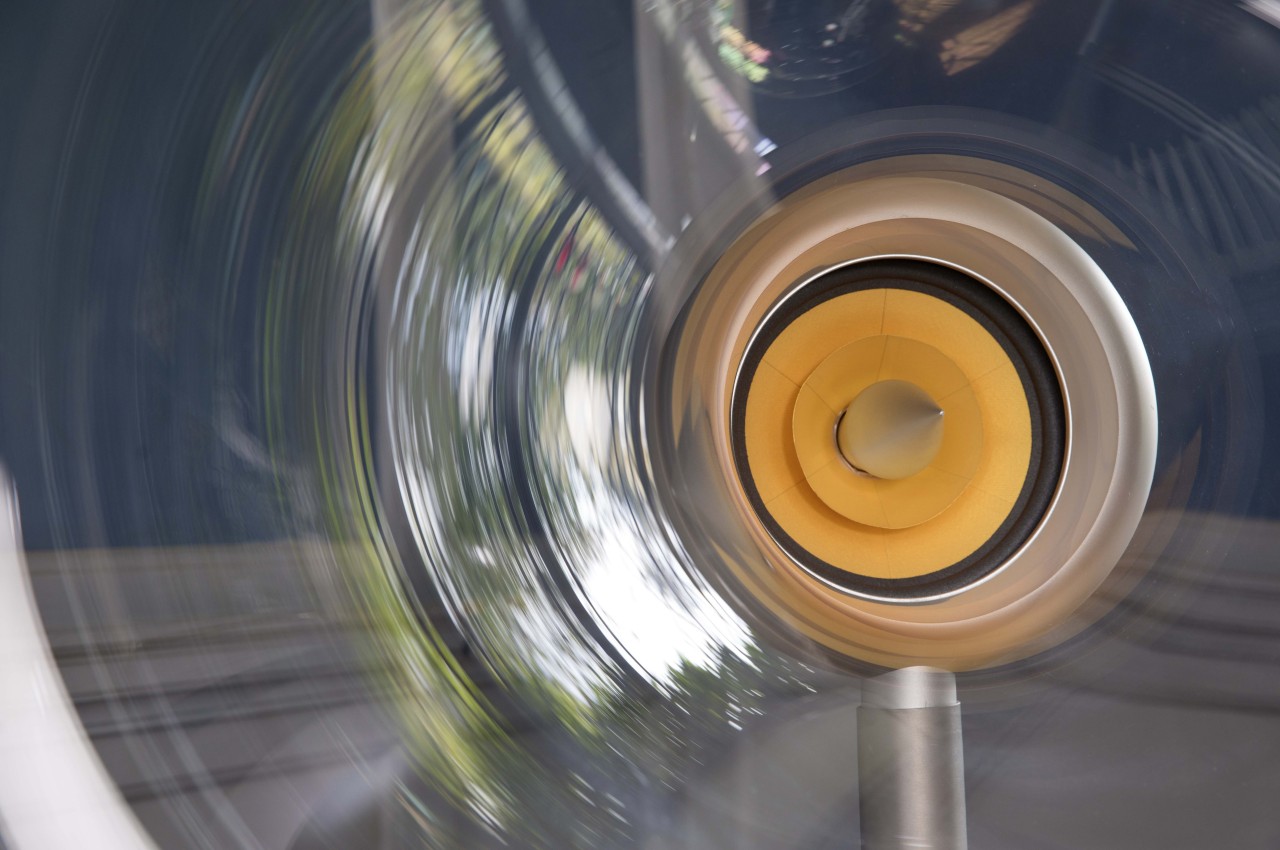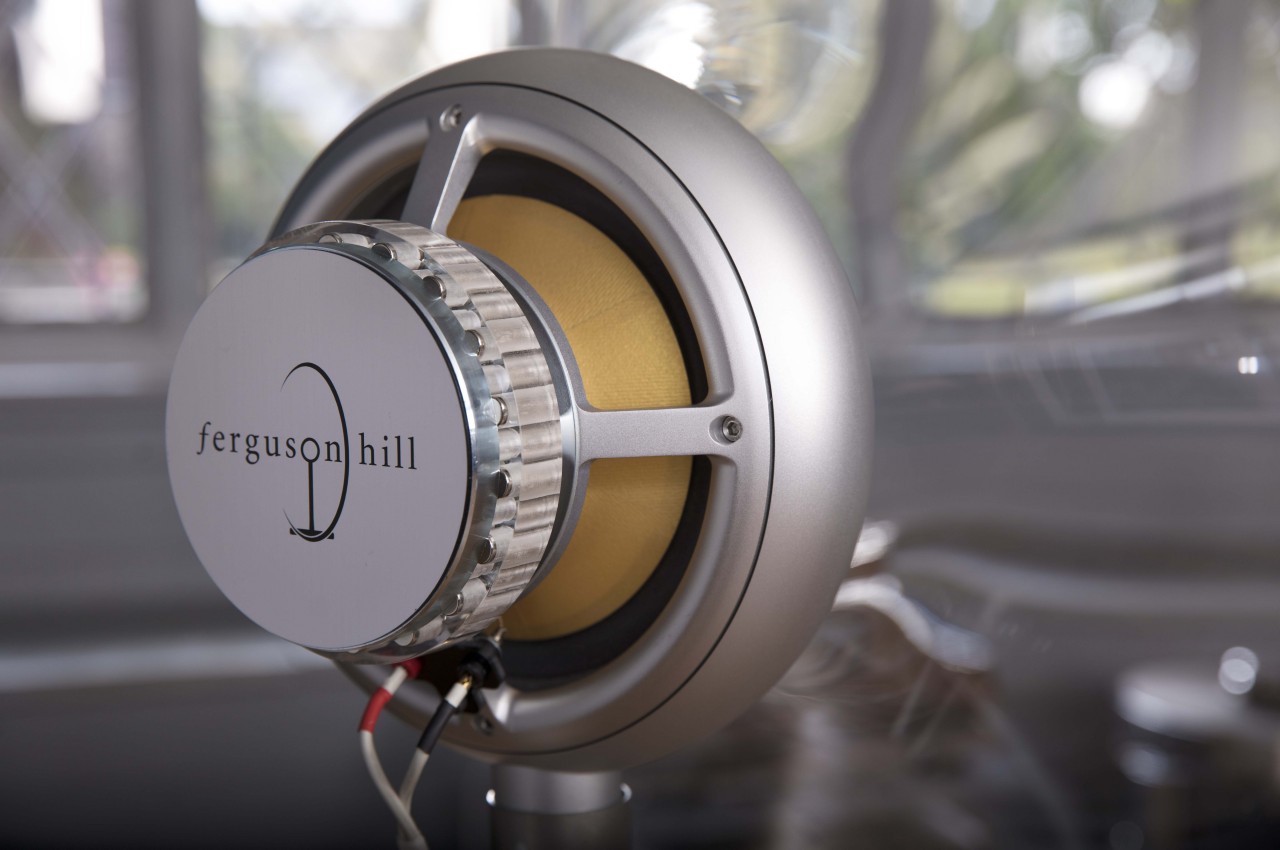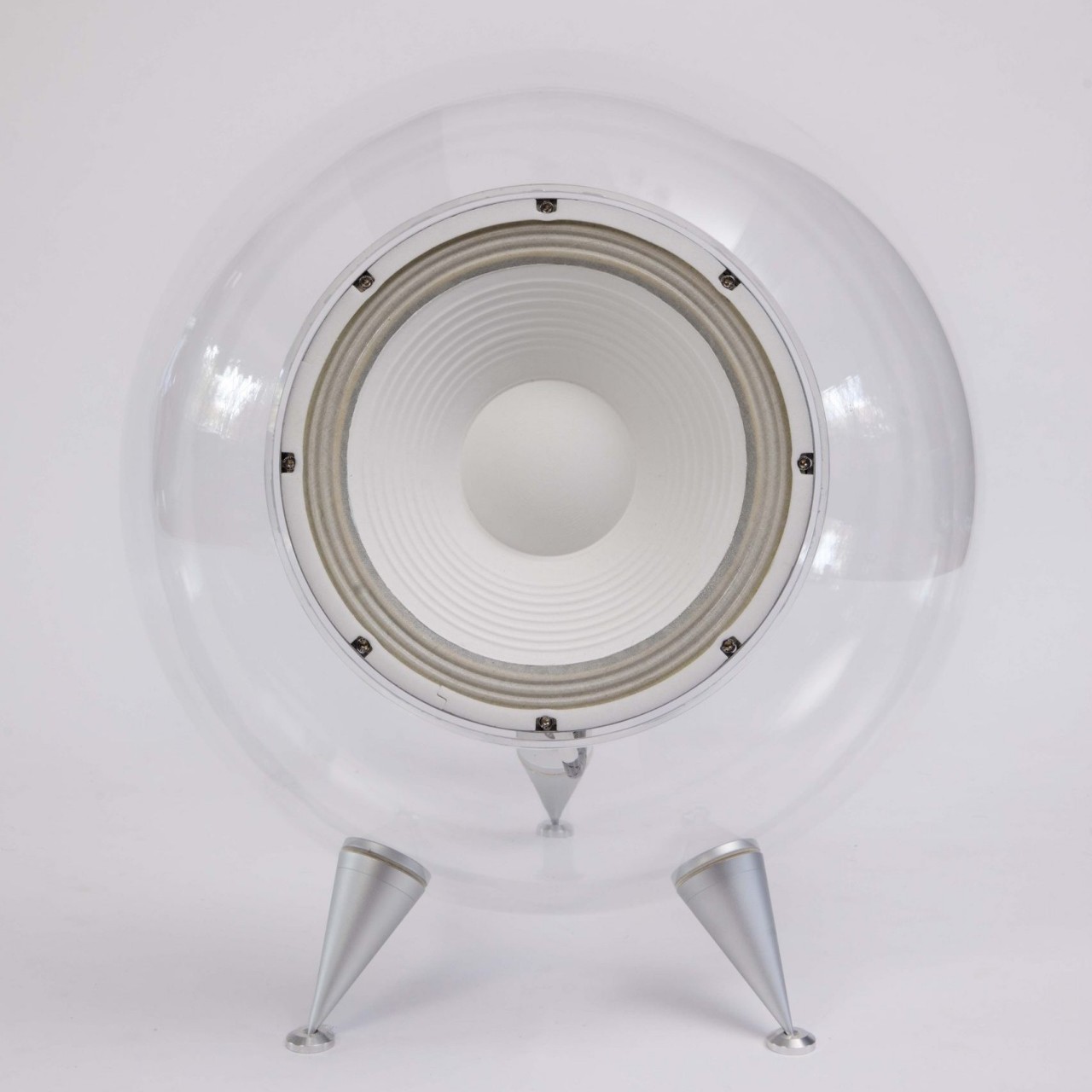Designed in tandem with Cowboy Bebop’s 25th anniversary, these Anime-themed earphones hold the distinction of packing the most number of audio drivers in a singular tiny wearable design. Dubbed the “Tribrid 5-Driver System”, the TE-ZX1 from AVIOT uses multiple drivers to cover a variety of frequencies, much like a home theater uses a series of speakers to create an immersive soundscape across low, mid, and high-range audio frequencies. The result, according to AVIOT, is staggeringly great sound that feels nothing like the cheap $99 TWS earbuds you find all over online retail platforms. For a price of $218, the TE-ZX1 offers the option of putting the world’s smallest home theater in your ear… along with hybrid noise canceling to sweeten the deal!
Designer: AVIOT
Click Here to Buy Now: $217 $334 (35% off). Hurry, offer ends soon!
An earphone’s biggest advantage and disadvantage is usually its size. Designed to be small enough to fit in your ear cavity, these audio devices are conveniently compact, but that also limits their capabilities because of how small the drivers inside them are. To account for this, earphones rely on digital signal processing or DSP to help improve sound quality, soundstage, stereo imaging, etc. The distinct advantage the TE-ZX1 has is the fact that it uses multiple drivers to make up for its small size. Equipped with a staggering 5 drivers per ear, the earphones cover a wider range of frequencies, and reproduce them much more accurately, relying less and less on DSP and more on accurately reflecting the audio signal exactly how it is.
The TE-ZX1’s Tribrid 5-Driver System features a combination of a planar magnetic driver and a dynamic driver, along with three balanced armature drivers to produce a wide spectrum of sounds with crystal clarity. “These three types of drivers, each with distinct characteristics, complement each other to perfection. We have uncompromisingly refined the characteristics of each driver, creating an overwhelming amount of information. The result is a dynamic and transient-rich sound across the entire frequency range,” mention the folks at AVIOT. The earphones also come with LDAC tech, supporting all relevant codecs to ensure that high-quality sound is transmitted perfectly over Bluetooth, and hybrid noise canceling to ensure that external sounds don’t muddy the quality of what the TE-ZX1 has to offer. High-quality microphones also help ensure crystal-clear calling, allowing the earphones to serve as more than just audio-listening devices.
All this impressive tech sits encased within an incredibly edgy outer design, courtesy of the tag-team duo of mechanical designer Kimitoshi Yamane and graphic designer Toshiaki Uesugi. Commemorating the 25th anniversary of the iconic anime TV series Cowboy Bebop, the earphones and their case draws inspiration from the high-speed combat ship ‘Swordfish II’ featured in the series. The eye-catching aesthetic balances ergonomics rather wonderfully too, with an outer shell that relies on additive manufacturing – the same cutting-edge manufacturing method used by premium in-ear monitors worn by professionals and experts. Additive manufacturing helps build out complex shapes that other molding/machining methods can’t achieve, resulting in a form that’s highly precise with an intricate acoustic design (that fits those 5 drivers on the inside). A metal nozzle helps effectively channel audio from the Tribrid driver system directly into your ear, and each TE-ZX1 comes with as many as 8 different silicone tips to choose from, for a snug fit regardless of ear type.
The earphones and their charging case come with a gorgeous metallic red colorway, complete with black accents that definitely should grab a few eyeballs. The earphones are rated IPx4 waterproof, making them suited for wearing while exercising or even in mild rain, and come with a battery backup of 8 hours, extendable by an additional 20 hours when used alongside the charging case. Approximately 10 minutes of charging gives you a full hour’s worth of listening, so you’re never left hanging for too long while your fancy 5-driver earphones are charging! The TE-ZX1 starts at a rather affordable $218, putting them square in the mid-range for the TWS category… even though the sound they promise rivals gear that’s 3x the price!
Click Here to Buy Now: $217 $334 (35% off). Hurry, offer ends soon!
The post World’s First Earphones with 5 Audio Drivers basically puts a 5-Speaker Home Theater in your ear first appeared on Yanko Design.


